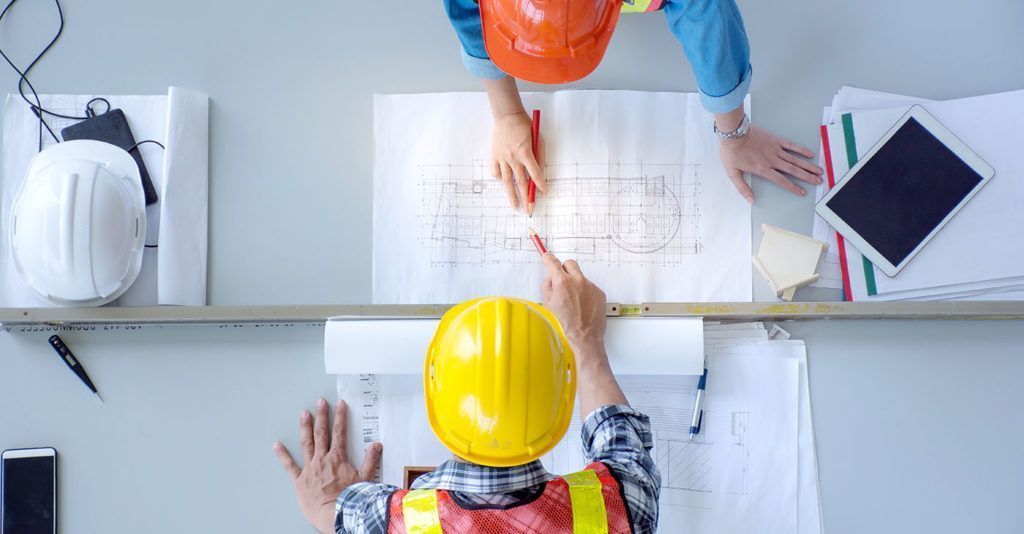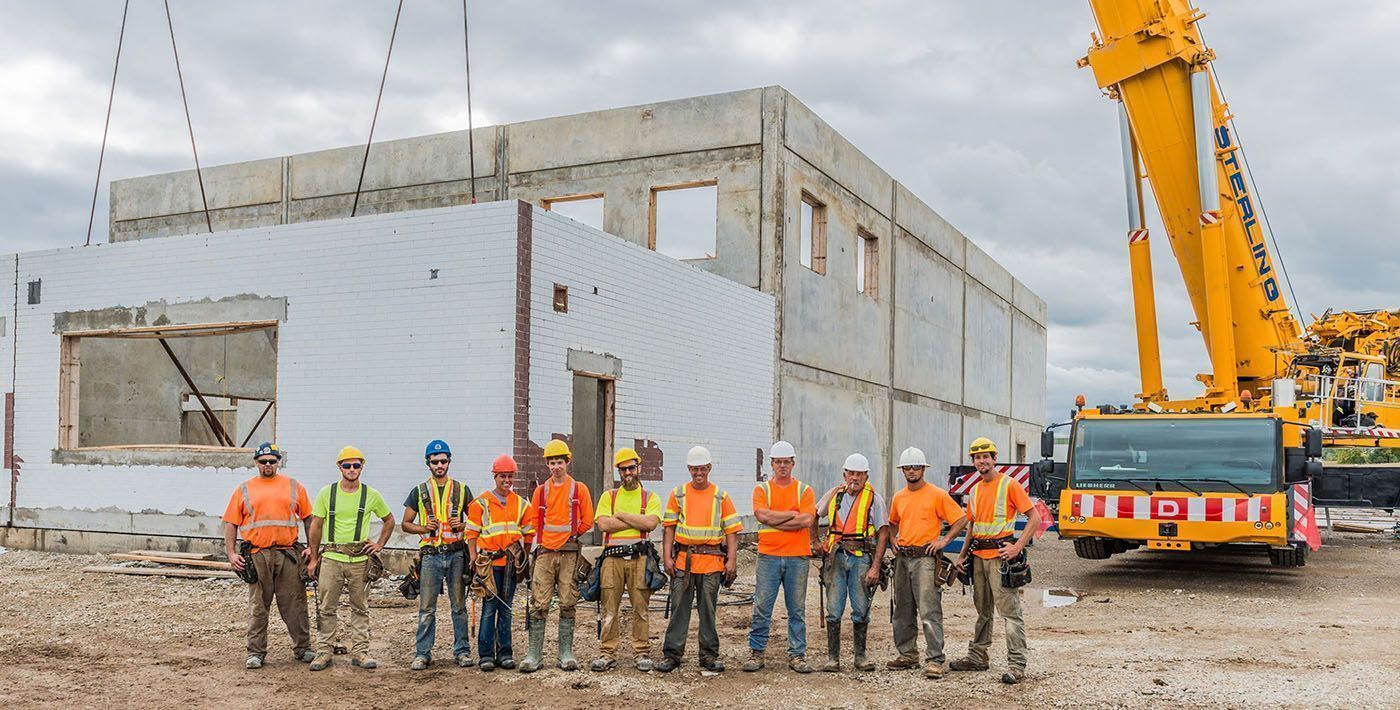Tilt Wall's Jobsite Safety: 5 Ways to Strengthen Yours

Nobody wants to get hurt on the job. That’s why all construction workers are familiar with the provincial regulations and guidelines for construction projects as outlined in the Occupational Health and Safety Act.
At Tilt Wall, we place a high priority on creating a safe work environment for Tilt Wall employees and subcontractors. We have a clearly defined culture of safety on every jobsite. This begins with our safety handbook, which communicates the processes and procedures to work safely on every Tilt Wall construction site.
What follows is a general outline of five safety measures we implement at Tilt Wall to ensure everyone stays safe on our jobsites.
Empowering and involving employees
Tilt Wall employees who witness an accident involving a co-worker are expected to notify their supervisor immediately and promptly take steps to safeguard coworkers and company property if this can be done without serious risk of injury to themselves.
This will set in motion the sequence of events necessary to ensure that no further harm can occur, that first aid may be rendered, transport to emergency care locations can be swiftly arranged for, and that any necessary paperwork for insurance and treatment of the accident/injury victim can be obtained.
Likewise, if an employee sustains any accidental injury at work, no matter how minor, he should notify his supervisor immediately so that Tilt Wall Ontario may complete job safety forms and make an assessment of whether the employee should be sent for emergency medical treatment.
By promptly notifying the company of job-related injuries, employees also protect their rights to workers compensation benefits in the event that the injury is more serious than first suspected.

Integrating safety as a company value
Integrating safety as a core company value is not just about reducing the number of workplace accidents.
Proactive safety goals that go above and beyond OSHA guidelines can be used as a basis to evaluate supervisor performance and to ensure continuous improvement as incident investigations result in positive outcomes and continual learning.
In addition, all employees are recognized and rewarded for identifying hazards, reporting close calls, creating safety solutions, and for superior safety performance.
Safety training as a team at all levels
We believe that everyone is responsible for safety, so our safety procedures and performance expectations are consistently communicated across Tilt Wall, and to all business partners.
Everyone is recognized and included in safety awards based on leading vs. lagging indicators. Supervisor and worker performance evaluations are also based on leading and lagging safety indicators.
Our safety measures are compared to other companies’ performance measures and used for continuous improvement. Safety performance is also a primary factor in hiring managers and subcontractors, and for promotions.
Jobsite safety as a personal responsibility
On Tilt Wall jobsites no employee should perform any task that he or she believes will create a serious safety hazard.
If orders are given to perform a task which the employee believes in good faith could create a serious safety risk, the employee must inform the supervisor of his concerns. If the problem is not corrected, the employee must report the matter immediately to the employer. Pending further review, the employee should not perform any task which the employee reasonably believes to be unsafe. Instead, the employee should request reassignment to other tasks, or request permission to return home if no other work is available.
Common sense is expected to be used in any refusal to perform an assigned task on the grounds that it is seriously unsafe to do so.
Having a site-specific plan
Despite the obvious safety considerations of erecting massive concrete wall panels with large mobile cranes, tilt-up construction offers great safety for crews.
Since the floor slab is cast first as it is the primary casting surface for the wall panels, a solid dry work area is created for the building trades. In addition, constructing the framework on the ground eliminates the need for scaffolding, further increasing worker safety. Overall, site-cast tilt-up construction is recognized as a reliable and safe building method, if utilized in conjunction with good planning and a solid safety program.
The key for a safety program is a site-specific safety plan that includes the sequence of tilt-up activity. What panels are you setting first? Which picks will be difficult?
The safety plan should also cover crane selection and placement. The crane should be the right size for the job, inspected annually and handled by a certified operator. Be sure to address the critical lift plan with regard to the CSA Z150’s Safety Code on Mobile Cranes and obtain the crane operator’s certification and medical card before he or she arrives on the job. Also, be sure crane maintenance records are updated and on-hand.
In addition, the safety plan should incorporate all known surrounding hazards and utilities as well as those on the site. Power lines, fibre-optic cables, water mains and sewer lines can all impact the safety on the site throughout the construction project.
In short, jobsite safety is everyone’s concern — from the company president to every employee on the ground. Keeping jobsites safe is just common sense and good business practice.
For more information about the Safety Guidelines at Tilt Wall Ontario, contact Len.

